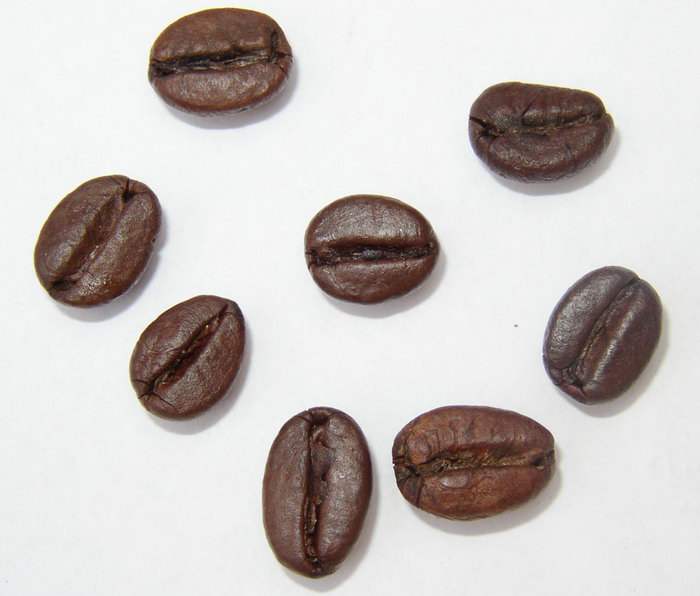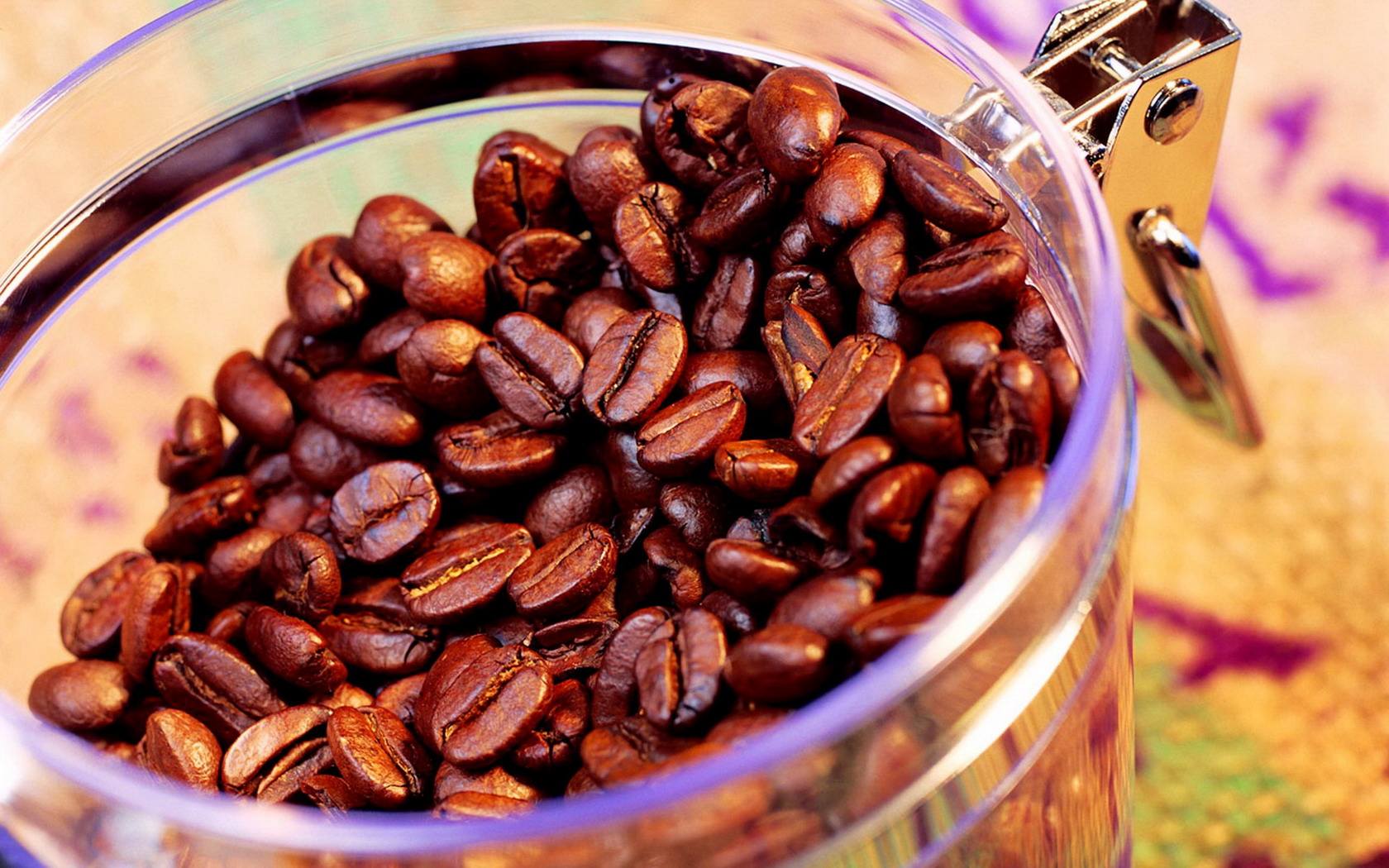Yemeni coffee beans washed with water
Follow the caf é (Wechat official account vdailycom) and found that Beautiful Cafe opened a small shop of its own.
Washing method-treatment of Yemeni coffee beans
The coffee beans after harvest must enter the treatment program immediately, otherwise they will begin to ferment, making the coffee beans have a bad smell. There are two methods of treatment: "solarization" and "washing", which will cause different flavors. Sun-dried beans have a complete natural mellow flavor, gentle aroma and more gum; washing rules have a good mellow taste, high aroma and lively sour taste.
Mellow taste is an important condition of espresso, which will produce a mellow and smooth feeling as strong as wine. Espresso lovers can increase the weight of sun-dried beans; water-washed beans are as clean as clear wind chimes because of less miscellaneous smell. In addition, washed beans have a good sour taste, which is the main source of sweetness in espresso.

Washing method:
1. Choose beans:
Put the harvested fruit in a water tank and soak for about 24 hours. At this time, ripe fruit will sink, while immature and overripe fruit will float up and can be removed.
2. Remove the pulp:
Use a machine to remove the peel and pulp, leaving only coffee beans wrapped in endocarp. At this time, there is a layer of mucous membrane on the outside of the beans, and the process of washing is to wash this layer of mucous membrane.
3, hair alcohol:
The adhesion of the mucous membrane is very strong and is not easy to remove. It must be placed in the slot for about 18-36 hours to make it alcohol and decompose the mucous membrane. There are two methods of fermentation, namely wet hair alcohol and dry hair alcohol, as the name implies, the former adds water, the latter does not add water. In the process of producing alcohol, the seeds and internal pulp will produce special changes, which is one of the steps that most affect the flavor of coffee. Some farms add hot water or alkanolins to speed up the production of alcohol, which has a negative impact on quality and is not popular with selected coffee lovers.
4, washing:
Farms that use the washing method must build washing ponds and be able to introduce an endless supply of running water. During the treatment, the finished beans are put into the pool and passed back and forth, using the friction of beans and the power of running water to wash the coffee beans until smooth and clean.
5, dry:
After washing, at this time, the coffee beans are still wrapped in the pericarp with a moisture content of 50%. They must be dried to reduce the moisture content to 12%, otherwise they will continue to be mellow, moldy and rotten. The better treatment is to use sunlight to dry, although it will take 1-3 weeks, but the flavor is very good and very popular. In addition, machine drying is used in some places, which greatly shortens the processing time and makes the flavor not as good as that of sun-dried coffee.
6, shelling:
The dried beans can be stored in a warehouse or handed over to the factory for shelling to remove endocarp and silver film.
7, selection and grading:
Like tanning hair, washed coffee has a process of picking and grading, which is used to remove defective beans and ensure better quality, which is then handed over to exporters to sell around the world.
Characteristics of Yemeni mocha coffee beans:
Origin: Yemen
Grade: excellent
Particles: full
Acidity: slightly sour and strong aftereffect, but also sweet
Evenness: smooth baking: moderate flavor: chocolate, slightly alcoholic, spicy
Yemen was the first country in the world to produce coffee as a crop on a large scale. In the 17th century, the first batch of Yemeni coffee was exported to Europe through the ancient small port of Mocha, which is the origin of the name mocha coffee. Ethiopia, across the sea from Yemen, also sells coffee through the port of Mocha, so Ethiopian sun-treated coffee is often referred to as mocha (such as Harald ETHIOPIA HARRAR, Ethiopia). The Yemeni mocha, the originator of the coffee trade of the World Office, played an important role in promoting delicious coffee all over the world. It was called "Arabica coffee (Arabia)" in the 17th century, which is the origin of the name "Arabica original". The Yemeni mocha coffee has distinct taste characteristics, special taste and varied levels. It has a strong sour taste, a pleasant fruit acidity, and an obvious chocolate taste. The stronger the coffee is, the easier it is to taste the chocolate. Therefore, in order to better understand the unique taste of Yemeni mocha coffee, people now add hot chocolate to make fancy mocha coffee.
Mocha beans are smaller, rounder and light green than most coffee beans, which makes mocha beans look more like peas. Mocha beans are similar in shape to Ethiopia's Harald beans, with small particles, high acidity and a strange and indescribable spicy flavor.
Important Notice :
前街咖啡 FrontStreet Coffee has moved to new addredd:
FrontStreet Coffee Address: 315,Donghua East Road,GuangZhou
Tel:020 38364473
- Prev

The reasons for the good quality of Yemeni coffee
Follow the comments (Wechat official account vdailycom) found that the beautiful cafe opened a small coffee shop of its own. Most of the major brands of Yemeni coffee are consumed in the Arab world and are the first among many Turkish coffee lovers.
- Next

Distribution characteristics of Coffee growing areas in Yunnan
Follow the caf é (official Wechat account vdailycom) and found that the main producing areas of Beautiful Cafe are Baoshan, Dehong, Pu'er and Lincang in southern and southwestern Yunnan. The acreage and output of the four prefectures and cities account for more than 85% of the province. Coffee is also an important agricultural product for earning foreign exchange. In 2014, coffee exported 48429 tons and earned foreign exchange of 145.91 million US dollars, compared with the previous year.
Related
- Detailed explanation of Jadeite planting Land in Panamanian Jadeite Manor introduction to the grading system of Jadeite competitive bidding, Red bid, Green bid and Rose Summer
- Story of Coffee planting in Brenka region of Costa Rica Stonehenge Manor anaerobic heavy honey treatment of flavor mouth
- What's on the barrel of Blue Mountain Coffee beans?
- Can American coffee also pull flowers? How to use hot American style to pull out a good-looking pattern?
- Can you make a cold extract with coffee beans? What is the right proportion for cold-extracted coffee formula?
- Indonesian PWN Gold Mandrine Coffee Origin Features Flavor How to Chong? Mandolin coffee is American.
- A brief introduction to the flavor characteristics of Brazilian yellow bourbon coffee beans
- What is the effect of different water quality on the flavor of cold-extracted coffee? What kind of water is best for brewing coffee?
- Why do you think of Rose Summer whenever you mention Panamanian coffee?
- Introduction to the characteristics of authentic blue mountain coffee bean producing areas? What is the CIB Coffee Authority in Jamaica?

